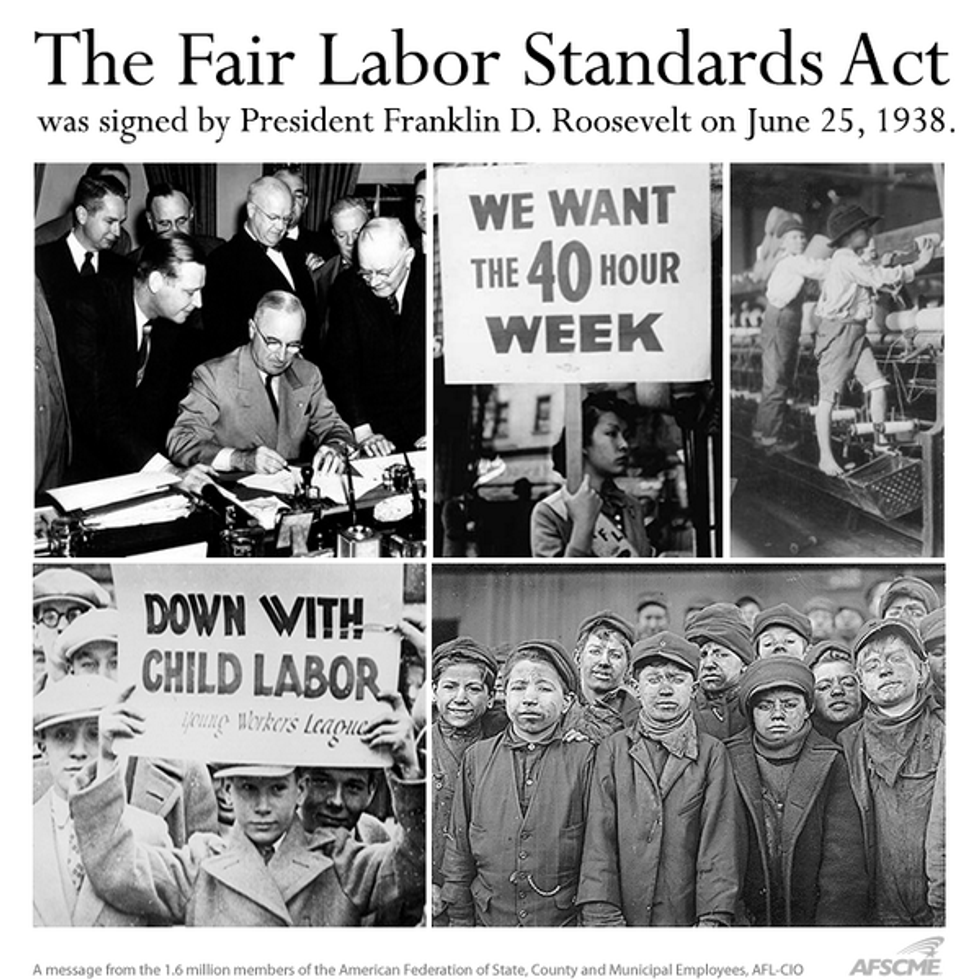Have you ever been out travelling in another country looking at the various items and wondering to yourself, "Man I really want to buy that item," but then you look at the price and decide to walk away? We've all been in that situation where something catches our eye, but the moment we look at the price, we're immediately overcome with disappointment because we have no desire to leave an enormous hole in our wallet.
Today, I'm going to inform you about a topic you thought you would have never needed while you were out traveling, and that topic is bargaining. As an experienced bargainer and a witness to many successful and failed bargaining attempts, you can rely on what I have to say because I've learned what you should and should not do while bargaining. I can ultimately help you save money and prevent that overwhelming feeling of losing a lot of money. Bargaining is beneficial because it is like negotiating and aids in maintaining good communication, building confidence and preserving respect as a customer.
Bargaining is a very common term used today that is synonymous with the word negotiation. Just as one negotiates, he is required to negotiate with effective communication. Similarly, one needs to bargain in such a way that requires that use of effective communication. Before we can learn about bargaining with effective communication, we must know what exactly bargaining is. There are several different definitions and types of bargaining that one should know about.
1. Collective bargaining: According to Britannica online, collective bargaining is a process of negotiation between employees and a group of employers aimed at agreements to regulate working salaries.
2. Plea Bargaining: According to Britannica online, is any agreement in a criminal case between the prosecutor and defendant where the defendant agrees to plead guilty to a charge in return for some concession from the prosecutor
While there are several different terms and specific types of bargaining, I'm going to be discussing the general and broader type of bargaining that you would use while you are out traveling in a foreign country. According to Britannica online, the definition of this general term of bargaining is a thing that is offered or bought for sale but is more cheaply accepted. The one thing these three types of bargaining have in common, is that they all require some sort of negotiation. I will be informing you about the third general type of bargaining and how you can utilize the steps I provide to help you save money on an item that you wish to purchase. It is important to know that this type of process can only be used in stores with no set prices. Typical examples of places that bargaining may be used are flea markets, farmers markets and smaller cart shops with no set prices.
1. Maintain Effective Communication
This is the first step to starting your bargain. Since bargaining is so similar to negotiating, it is merely a mind game that you must learn to master. Some pointers you need to know while bargaining are as follows:
A. Establishing a good relation with the vendor in a matter of minutes: one can usually do so by making it blatantly obvious that he is a tourist and talking about the country that they are visiting from.
B. Keeping Eye Contact with the vendor: this is very important because it keeps the conversation going and helps you transition to your game plan which is bargaining for the item.
Remember that getting irritated throughout this entire process will not help, but just hinder you from making process.
2.Bargaining Confidently
For this process, there are many do's and don't's that you need to know that can help you receive the best deal.
A. Do have a set price in your head:before even asking the vendor for the price of the object, you should have a price you want in your head already.
B. Do display your shock at the price of the item: once the vendor tells you the price of the item, it is important to show as much expression or exaggeration to show your outrage at the price. Being over-dramatic actually aids in this case.
C. Do notstart to bargain with the price in your head: it is important to start off with a lower price to reach your goal.
D. Do not accept the first price that is offered to you: there are chances you can get a better deal.
E. Do not set unrealistic price expectations in your head: it is important to remember the vendor needs to make money. A good range would be within $7 max depending on the type of item.
F. Do not stutter:this takes away from the negotiation and will even cause the vendor to laugh in your face because he thinks you are not serious.
While it is important to bargain confidently, it is also important to maintain your self-respect as a customer. Bargaining with other vendors can be fairly easy or sometimes difficult. It is important to remember that not every sale will go the way you want it to. Furthermore, as the customer, you have the most power because you are in the position to walk away from the vendor, which in many cases can prompt them to act immediately. Also, remember that there are probably better sales out there with local vendors competing with one another and that it is okay to walk away if it becomes a matter of price. Ultimately, you are the one who gets to decide if you want to leave a large hole in your wallet or not.
Bargaining has given me skills that I could use to become the best negotiator that I can be. Bargaining is a form of negotiation that helps build one's communication, confidence, and self-respect. The next time you are out in a foreign country and want to buy an item, do not walk away with a heavy sigh. Simply utilize what you have learned about bargaining. These tips and tricks can help you to become the best negotiator you can possibly be.























